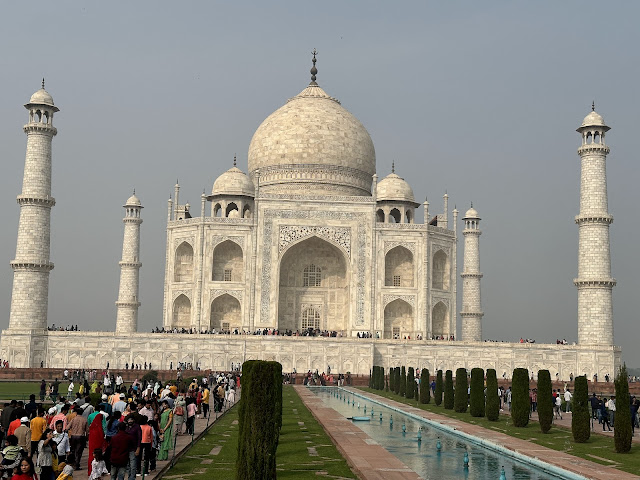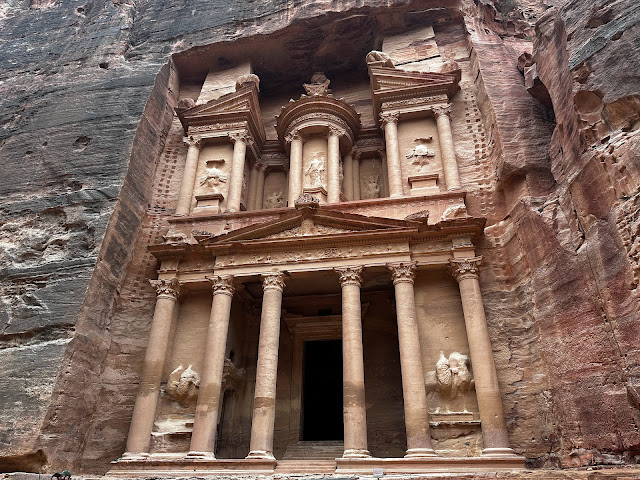Ad Deir, widely known as the “The Monastery” is a mid-first century CE structure carved out of rock, in the ancient Nabataean city of Petra, located in modern day southern Jordan. Considered to be one of the largest structures in Petra, the Monastery is approximately 47 meters in height and 48 meters in width. Ad Deir (The Monastery) at Petra The Monastery is believed to have been constructed during the reign of Rabbel II Soter who was the last ruler of the Nabataean Kingdom, reigning for a period of 36 years from 70 CE to 106 CE. The architecture of the Monastery displays the classical Nabataean style , which is a blend of Hellenistic and Mesopotamian styles of construction. The architecture of the Monastery displays the classical Nabataean style The Hellenistic influence can be seen in the columns of the Monastery. The columns of the Monastery displays the Hellenistic style of construction The Mesopotamian style is evident in the single, large en...





